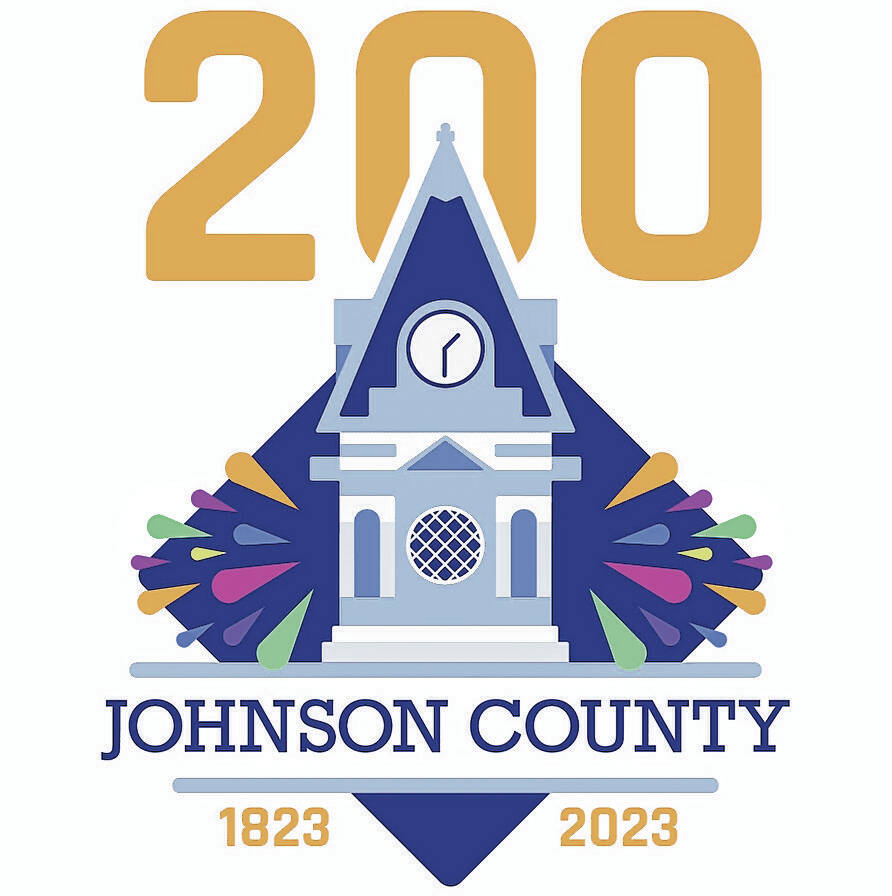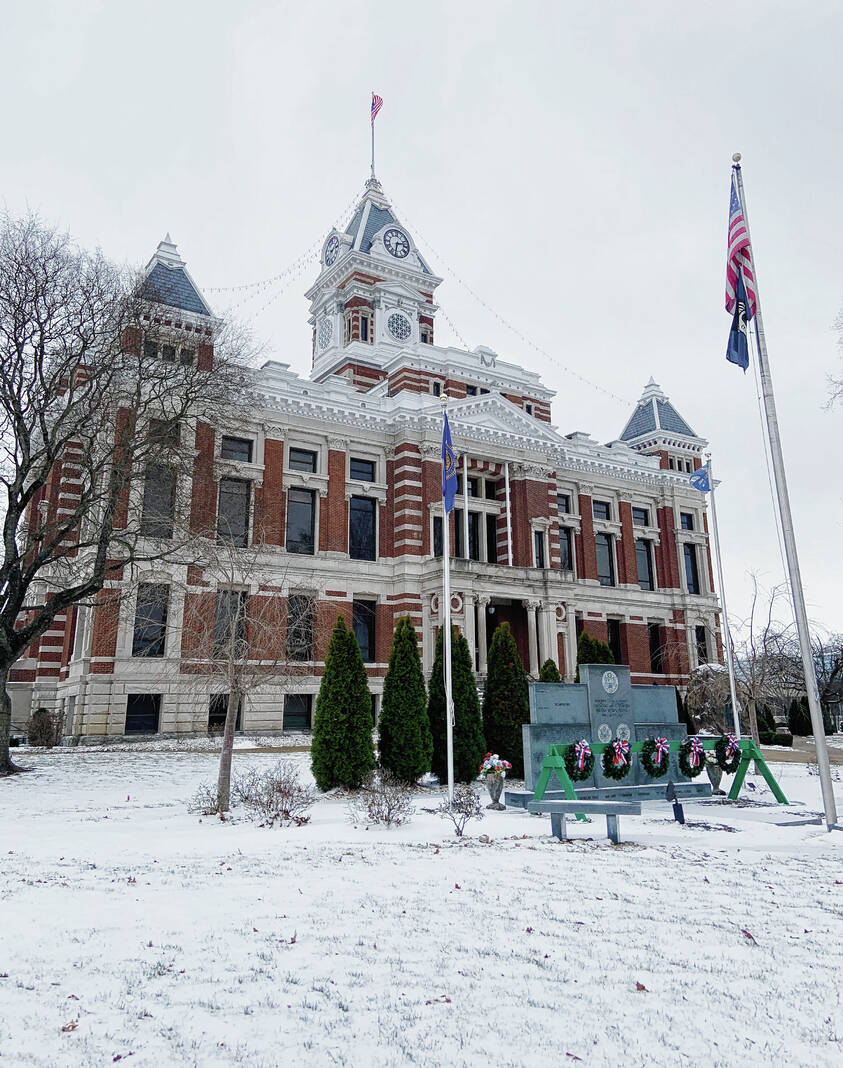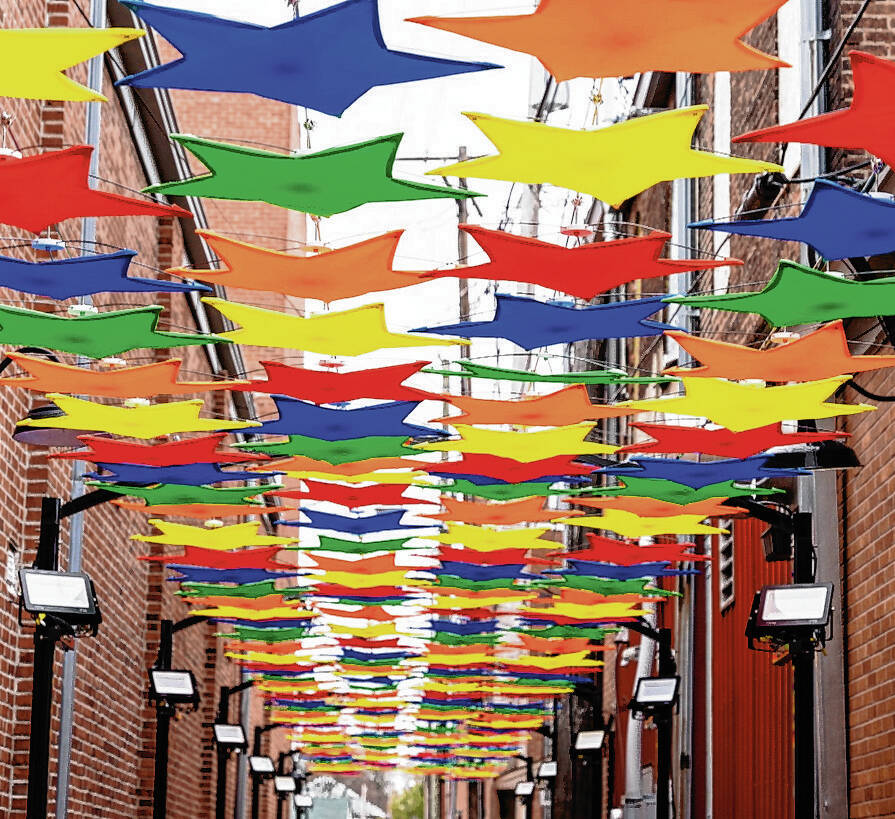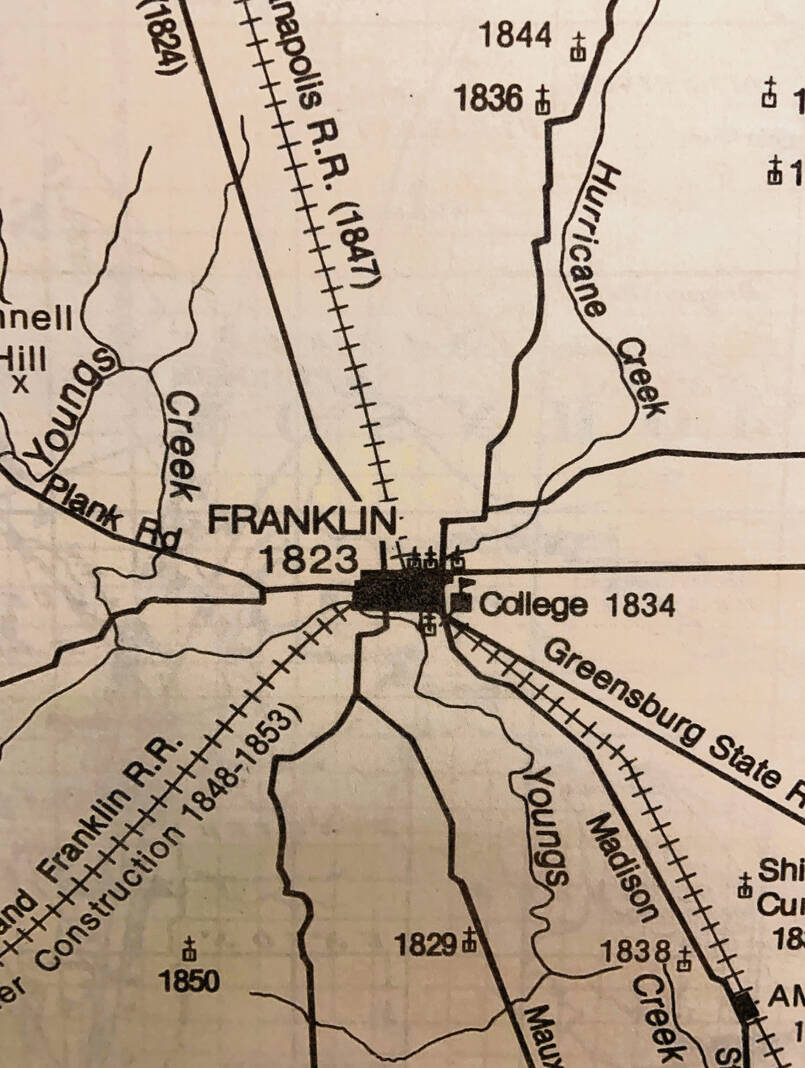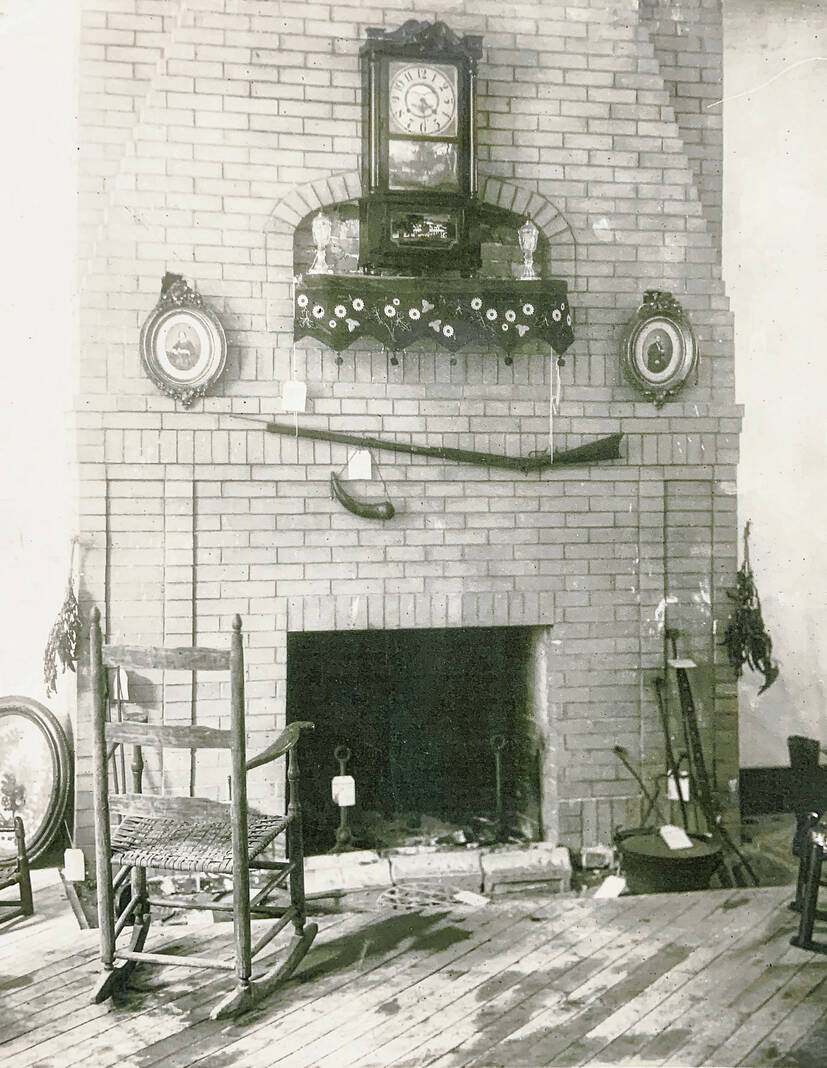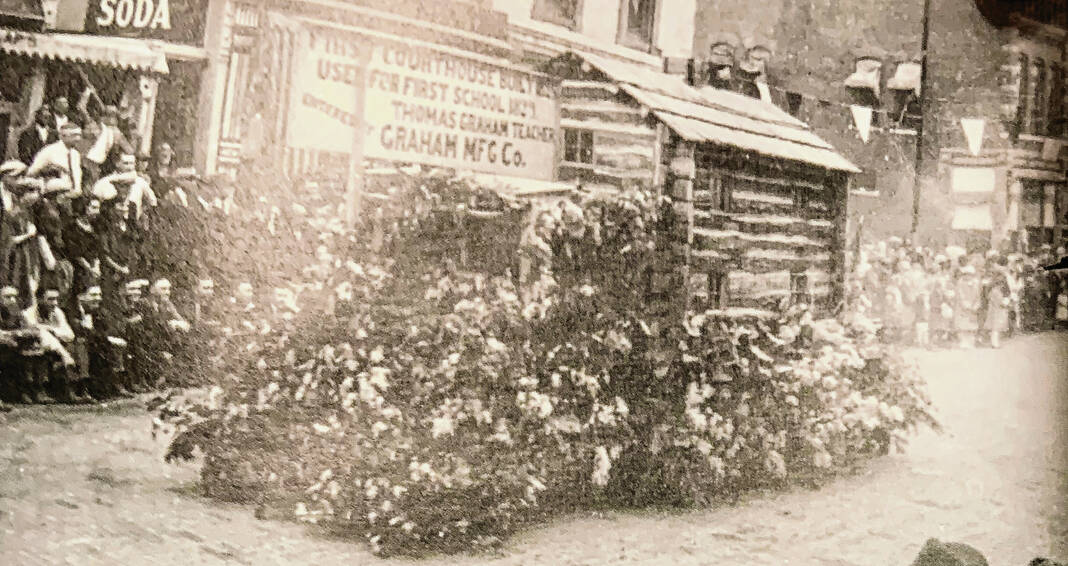With the calendar flipped to 2023, Johnson County is preparing for big, big year.
Two hundred years ago, the entire area was overgrown wilderness, with only rough roads leading through it. But as early settlers moved in, small communities coalesced. The county, and its seat of government, Franklin, were born in 1823. The first people made their homes in what is now Greenwood at the same time.
Each celebrates monumental 200th birthdays this year, which calls for a celebration like never before.
Bicentennial activities will unfold over the course of the coming year, as local officials have planned special events, commemorative swag and unique opportunities to properly recognize an important part of local history.
The county’s string of bicentennials started in 2022, when Edinburgh celebrated 200 years. Activities lasted for months, from an opening-night kickoff to a community-wide weekend of concerts, parades, hot air balloons and other activities, to a holiday celebration themed, “Bicentennially Light.”
A similar year-long extension of festivities is planned again, said David Pfeiffer, director of the Johnson County Museum of History.
“It really will be a fun, exciting year and I can’t wait for it to get started,” he said.
The goal is to make it as community-focused as possible, tying all corners of the county together, Pfeiffer said. He referenced the impression Johnson County made in 2016 during the Indiana bicentennial.
“Most counties just focused on the county seat or wherever the torch would pass through, but we had the whole county out to celebrate when the torch arrived. I wanted to make sure we replicated that as best we could,” he said.
The credit for founding the county, as well as Franklin, has historically been given to George King. King came to the area with two other men, Garrett Bergen and Simon Covert, in 1822 from Kentucky, looking to purchase land in the newly opened territory.
They found a tract located between Youngs Creek and Camp Creek, which was described as “wooded with beech, sugar tree and poplar timber,” according to “Johnson County, Indiana, History” by Bev Hollanbeck.
On Dec. 31, 1822, King petitioned the Indiana legislature to form a county. The petition was approved, and it was proposed to name the new entity Johnson County, in honor of John Johnson, one of the first Indiana Supreme Court Justices.
Gov. William Hendricks appointed John Smiley to be the county’s first sheriff, and instructed him to hold county elections on March 8, 1823.
March 8 will serve as the starting point for the bicentennial celebrations in 2023, as well.
A Bicentennial Kickoff at the Historic Artcraft Theatre will feature historic retrospectives and a presentation by Nicole Etcheson, a professor of history at Ball State University who will regale the audience with tales of Indiana pioneer life. Afterwards, luminarias will be lit outside the county courthouse.
Because the foundings of both Franklin and Johnson County are so closely tied together, a bicentennial celebration is planned to piggy-back on the Franklin Fall Festival and the county museum’s Heritage Day for a larger, more robust event.
A formal bicentennial ball will tie a bow on the year in November, Pfeiffer said.
“We thought this would be a fun way to wrap up the celebrations,” he said.
One aspect of the bicentennial celebration has already been unveiled. In late November, local officials dedicated a unique art installation in the downtown Franklin corridor known as Artcraft Alley.
Discover Downtown Franklin and Festival County Indiana worked together on the project to string 200 stars over the alley adjacent to the Artcraft Theatre, to infuse the space with a sense of whimsy and wonder. Backlighting shining on the fabricated stars was designed to radiate vibrant colors throughout the night.
In addition to commemorating the bicentennials, it was envisioned as a great Instagram-worthy photo spot for residents and visitors, and another asset as Franklin seeks to create a state cultural district in the downtown area, said Kenneth Kosky, executive director of Festival Country Indiana.
“Through our research, we found that other communities that had similar art installations, it really galvanizes the residents. It’s a source of pride for them, while also being a major draw of tourism,” Kosky said in a Daily Journal story on the installation in July.
At the Johnson County Museum of History, Pfeiffer and staff have planned a pair of exhibits celebrating 200 years, with Franklin’s tentatively planned for April and a Johnson County exhibit set for early September.
Possibly the most ambitious project planned is the creation of a coffeetable book, “200 Years: The Bicentennial of Johnson County.” Museum officials have been painstakingly assembling county history, photographs and other information exploring the past two centuries.
Only a limited number of books will be printed, and orders need to be taken in advance. In addition, those who order in advance will receive a special commemorative edition, Pfeiffer said. The book can be preordered online at mtpublishing.com in the “Coming Soon” section.
Organizers have also set up a Johnson County Bicentennial Facebook page, where people can learn about upcoming events and fun facts, Pfeiffer said. An official logo, designed by Franklin College graduate Addison Csikos, serves as the branding for the celebration.
“We’ll be using that logo on our advertising and anniversary items,” Pfeiffer said.
Franklin organizers are looking at adding bicentennial components to the city’s current lineup of festivals throughout the year, as well as working with the county to celebrate during the Fall Festival, said Dana Monson, Franklin community development specialist, who is helping with the planning.
One unique aspect is special banners for the downtown lights that will be sold as commemorative items at the end of the year, Monson said.
Greenwood’s historic year also has generated excitement throughout the community.
The first settlers to reach the Greenwood area were John B. and Isaac Smock of Mercer County, Kentucky, who arrived in 1823. The town didn’t incorporate until 1864, though local residents plan to recognize this year with special events.
Restore Old Town Greenwood, an organization that works for historic preservation, promotes small businesses and encourages community involvement, has planned its second historic home tour in September to coincide with the bicentennial of the first settlement. The organization is hoping to schedule other activities in recognition as well, said Brad Nemeth, president of Restore Old Town Greenwood.
“We do not have anything else concrete yet with our plans but would like to have some events this year to help celebrate,” he said in an email. “We do anticipate having short articles about dates in history worth mentioning, and we also are hoping to do a historic walking tour in the spring as well.”


